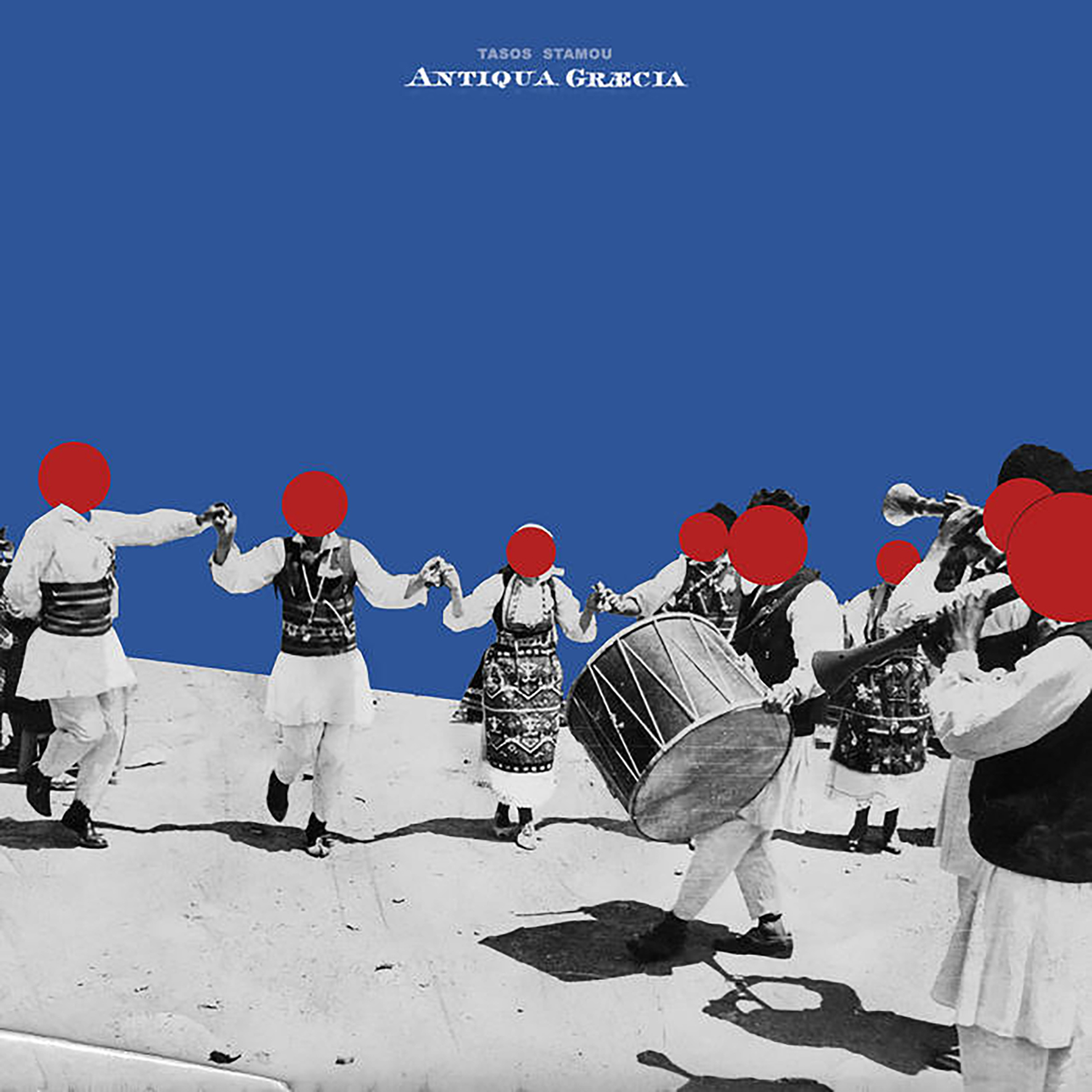 This London-based electroacoustic composer/instrument builder/DIY electronics enthusiast has been engaged in projects and activities for more than a decade now, but this latest album is the first time his singular vision crossed my path. Antiqua Graecia is the final release of a Greek-themed trilogy that began with 2018's Musique con Crète, though there is also a fourth related work that surfaced on Chocolate Monk last year (Greek Drama). The series is the fruit of an extended creative research project that initially began with a residency, but blossomed into repeat summer visits to Crete to hunt for traditional music albums, perform with local musicians, and make field recordings. While I have not fully absorbed the entire series yet, Antique Graecia feels like a significant creative leap forward from previous installments, as Tamou's earlier Greek forays resemble a Sublime Frequencies album dissolved into a fever dream: there was a clear reverence for the source material, yet Tamou's sound collages imbued traditional music with a murky, spectral character. With Antiqua Graecia, Tamou decided to go for broke, gleefully chopping and layering folk songs in a wonderfully psychotropic fantasia. I find all of the strains of Tamou's Greek series to be compelling, but this album is the one that most beautifully transcends tradition to feel like something wonderful and new.
This London-based electroacoustic composer/instrument builder/DIY electronics enthusiast has been engaged in projects and activities for more than a decade now, but this latest album is the first time his singular vision crossed my path. Antiqua Graecia is the final release of a Greek-themed trilogy that began with 2018's Musique con Crète, though there is also a fourth related work that surfaced on Chocolate Monk last year (Greek Drama). The series is the fruit of an extended creative research project that initially began with a residency, but blossomed into repeat summer visits to Crete to hunt for traditional music albums, perform with local musicians, and make field recordings. While I have not fully absorbed the entire series yet, Antique Graecia feels like a significant creative leap forward from previous installments, as Tamou's earlier Greek forays resemble a Sublime Frequencies album dissolved into a fever dream: there was a clear reverence for the source material, yet Tamou's sound collages imbued traditional music with a murky, spectral character. With Antiqua Graecia, Tamou decided to go for broke, gleefully chopping and layering folk songs in a wonderfully psychotropic fantasia. I find all of the strains of Tamou's Greek series to be compelling, but this album is the one that most beautifully transcends tradition to feel like something wonderful and new.
This is an album of top-tier psychedelic mindfuckery from start to finish, which makes it very hard to describe with any concise generalizations, but a rough summary like "a supernatural fun house at the center of a Greek street fair" is probably a solid starting point. There is a distinct arc, however, as the first few drone-based pieces steadily deepen my immersion in Tamou's otherworldly fantasia to prime me for the wilder plunges to come. For example, "Madoura" sounds like a nightmarishly insectoid cacophony of buzzing bagpipe-like drones, while the following "Poor Mum" sounds like mid-90s Dead Can Dance made a lysergic soundscape from Nonesuch Explorer classics. We then pass through something akin to a flickering and phantasmagoric Scottish parade in a haunted jungle ("Oil Wrestling"), a phantom rembetiko song with an electronic doppelganger ("Taki’s Sorrow"), and a Lisa Gerrard-sung DCD classic consumed by a sickly, dissonant delirium of smeared chimes ("A Woman's Moan"). All are a delight, but the album fully catches fire with the sixth piece, "Just Pagan." It begins as a psychotropic throb of heavy electronic drones and surreal, jumbled, and haunting layers of melody and field recordings, but gradually transforms into a heartsick folk dance. The following "Epitaph" is yet another highlight, as the gong of a church bell leaves a ringing, bleary haze of high frequencies that morphs into a squirming, menacing electronic buzz mingled with a chanting street procession. The final piece brings that trend of escalating otherworldliness to its curious crescendo, as it feels like a cathedral is invaded by a churning, honking, and squawking cacophony (and a cow) before everything dissolves into a disarmingly sweet and calm rustic oasis. Tamou truly outdid himself with this tour de force, as all of these eight songs seamlessly blur sacred and traditional sounds with vivid, multilayered psychedelia in impressively singular fashion.
Samples can be found here.


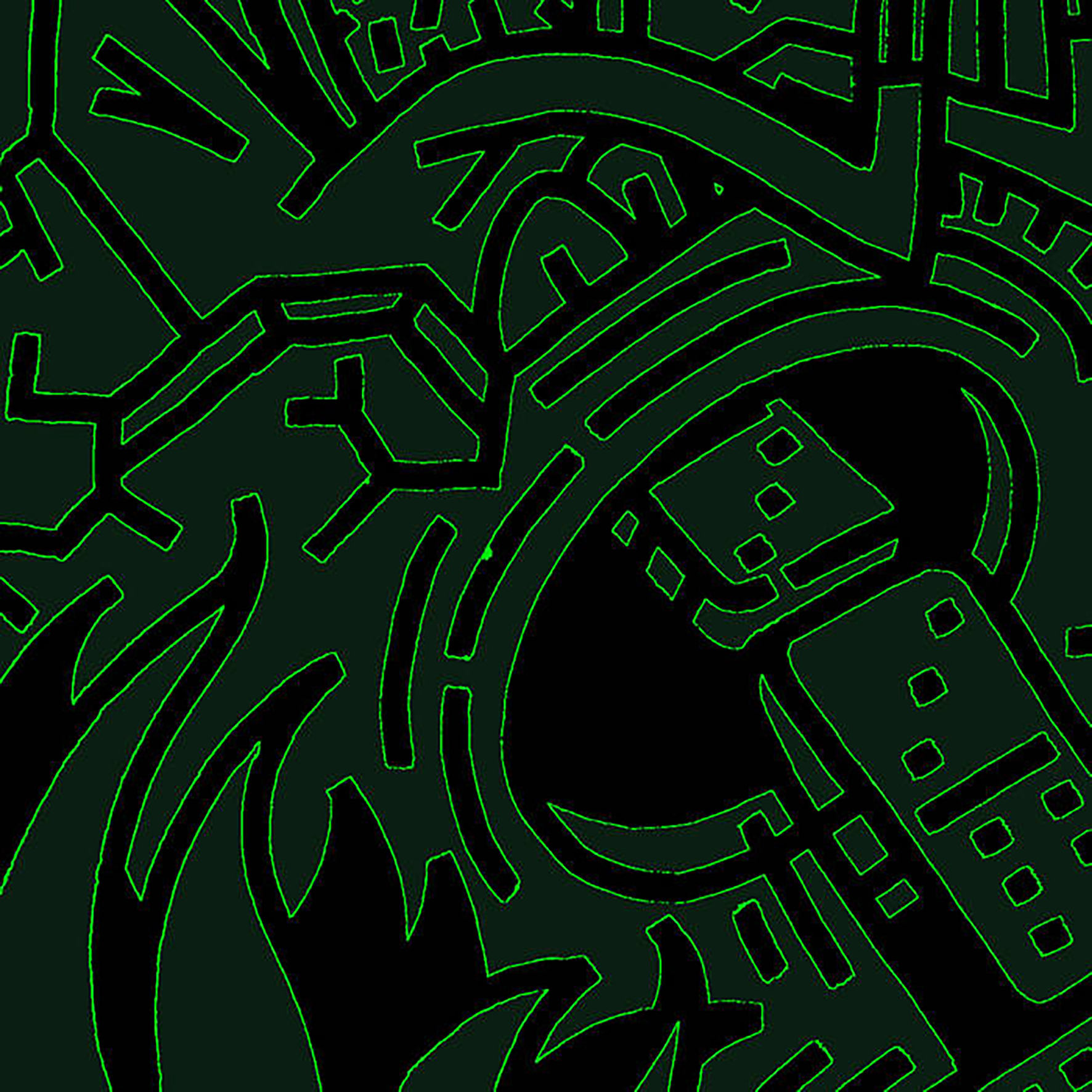 This debut full-length from Ugandan producer Zilla is something of a much-anticipated event, as his Boutiq studio is a crucial part of the killer underground music scene centered around Kampala's Nyege Nyege Tapes. Ekizikiza Mubwengula was additionally anticipated because it is the follow up to an absolute monster of a single that Zilla released in 2019 on Nyege Nyege's club music-themed sub-label Hakuna Kulala. While this latest release is on that same imprint, these songs are considerably wilder and weirder than the more straightforward (and relentlessly, viscerally danceable) "From the Cave." With Ekizikiza Mubwengula, Zilla shoots right past the cutting edge of contemporary dance music and lands somewhere akin to an industrial-damaged dance deconstruction of Rashad Becker's deeply alien Music for Notional Species. Predictably, I am the exact demographic for such a gleefully unhinged tour de force, and this would be the ideal soundtrack for a party occurring exclusively in my head. Yet it is quite a challenge to imagine songs this pointedly hookless and aggressively outré packing the floors of any but the craziest clubs on earth. Granted, there are a handful of more straightforward pieces here too (Zilla's production is as exacting and punchy as ever), but those will not be the ones that people most remember.
This debut full-length from Ugandan producer Zilla is something of a much-anticipated event, as his Boutiq studio is a crucial part of the killer underground music scene centered around Kampala's Nyege Nyege Tapes. Ekizikiza Mubwengula was additionally anticipated because it is the follow up to an absolute monster of a single that Zilla released in 2019 on Nyege Nyege's club music-themed sub-label Hakuna Kulala. While this latest release is on that same imprint, these songs are considerably wilder and weirder than the more straightforward (and relentlessly, viscerally danceable) "From the Cave." With Ekizikiza Mubwengula, Zilla shoots right past the cutting edge of contemporary dance music and lands somewhere akin to an industrial-damaged dance deconstruction of Rashad Becker's deeply alien Music for Notional Species. Predictably, I am the exact demographic for such a gleefully unhinged tour de force, and this would be the ideal soundtrack for a party occurring exclusively in my head. Yet it is quite a challenge to imagine songs this pointedly hookless and aggressively outré packing the floors of any but the craziest clubs on earth. Granted, there are a handful of more straightforward pieces here too (Zilla's production is as exacting and punchy as ever), but those will not be the ones that people most remember.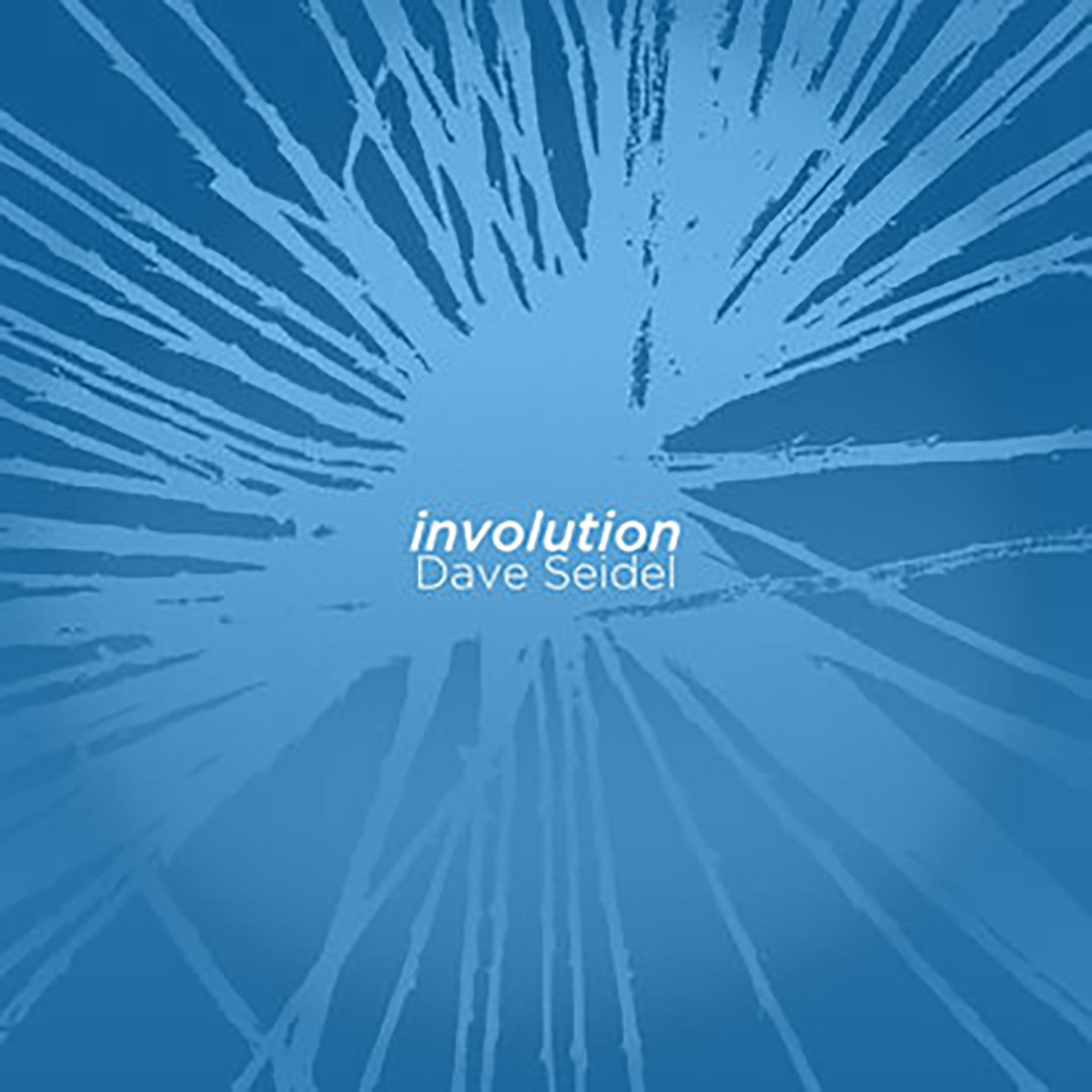 This challenging and overwhelming double album is my first exposure to this NH-based composer, and it was quite a synapse-frying introduction to his uncompromising vision. While Seidel has only been releasing albums as a composer for the last decade or so, he was an active part of NYC's flourishing Downtown music scene in the '80s, and his work feels like it is spiritually descended from that era. Or perhaps from even before that, as he cites Alvin Lucier and La Monte Young as key influences. Unlike most artists inspired by Young, however, Seidel did not stop at dabbling in Just Intonation. Instead, he took "Young's ideal of previously unheard sounds, those that may engender new sensations and emotions in the listener" and ran with it, delving even deeper into unusual tunings until he could bring to life the sonorities that he was chasing. In practical terms, that means that the two compositions here ("Involution" and "Hexany Permutations") are longform drone works teaming with strange and buzzing harmonic collisions, which makes Phill Niblock's XI Records exactly the right home for this epic. While I suspect many people will find Seidel's single-minded and no-frills approach to conjuring unfamiliar sounds intimidatingly difficult, this album will definitely make a big impression on anyone fascinated by the physics and physicality of sound.
This challenging and overwhelming double album is my first exposure to this NH-based composer, and it was quite a synapse-frying introduction to his uncompromising vision. While Seidel has only been releasing albums as a composer for the last decade or so, he was an active part of NYC's flourishing Downtown music scene in the '80s, and his work feels like it is spiritually descended from that era. Or perhaps from even before that, as he cites Alvin Lucier and La Monte Young as key influences. Unlike most artists inspired by Young, however, Seidel did not stop at dabbling in Just Intonation. Instead, he took "Young's ideal of previously unheard sounds, those that may engender new sensations and emotions in the listener" and ran with it, delving even deeper into unusual tunings until he could bring to life the sonorities that he was chasing. In practical terms, that means that the two compositions here ("Involution" and "Hexany Permutations") are longform drone works teaming with strange and buzzing harmonic collisions, which makes Phill Niblock's XI Records exactly the right home for this epic. While I suspect many people will find Seidel's single-minded and no-frills approach to conjuring unfamiliar sounds intimidatingly difficult, this album will definitely make a big impression on anyone fascinated by the physics and physicality of sound.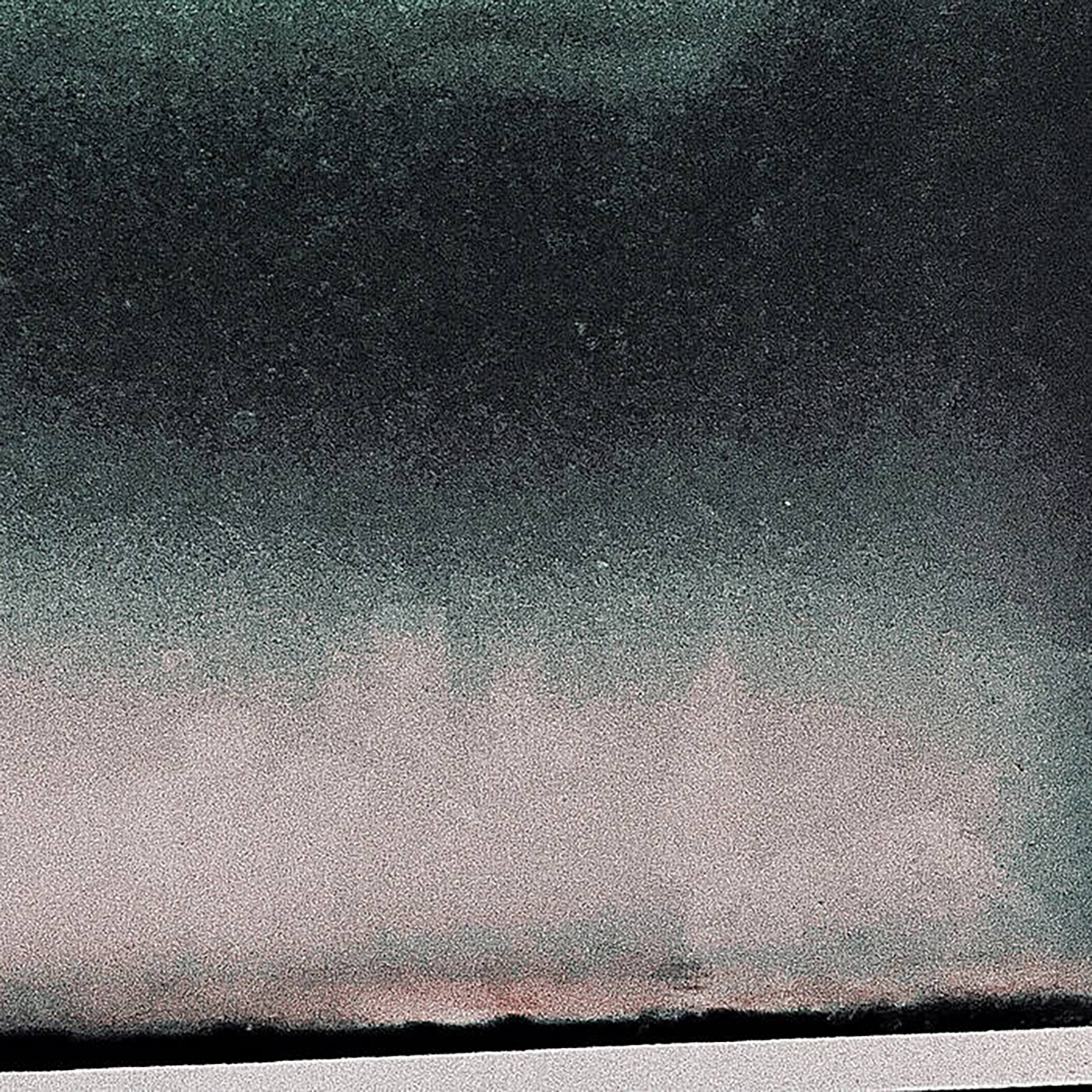 This is the first installment of "an ongoing album series with an undecided end point examining futility and beauty." Those are hardly new themes for Kyle Bobby Dunn, so I am not sure why they needed their own series, but any new KBD opus is fine by me. Dunn is a unique figure in the ambient drone milieu for a number of reasons, but the most significant for me is his unique gift for crafting soundscapes with a very real emotional intensity at their core. When he directly hits the mark with a composition like "Triple Axel on Cremazie" or "The Searchers," he achieves something poignant and transcendent that is damn hard to come by. I suppose one caveat with Dunn's work is that such moments are usually hidden within sprawling double-, triple-, or quadruple-LP epics, but this latest album is a more focused and concise release. More importantly, the bulk of the album is devoted to the absolutely sublime 48-minute "Fantasia on a Theme of Affection." The other two pieces are memorable as well, arguably making this the closest that Dunn has come to releasing an "all killer, no filler" masterpiece.
This is the first installment of "an ongoing album series with an undecided end point examining futility and beauty." Those are hardly new themes for Kyle Bobby Dunn, so I am not sure why they needed their own series, but any new KBD opus is fine by me. Dunn is a unique figure in the ambient drone milieu for a number of reasons, but the most significant for me is his unique gift for crafting soundscapes with a very real emotional intensity at their core. When he directly hits the mark with a composition like "Triple Axel on Cremazie" or "The Searchers," he achieves something poignant and transcendent that is damn hard to come by. I suppose one caveat with Dunn's work is that such moments are usually hidden within sprawling double-, triple-, or quadruple-LP epics, but this latest album is a more focused and concise release. More importantly, the bulk of the album is devoted to the absolutely sublime 48-minute "Fantasia on a Theme of Affection." The other two pieces are memorable as well, arguably making this the closest that Dunn has come to releasing an "all killer, no filler" masterpiece.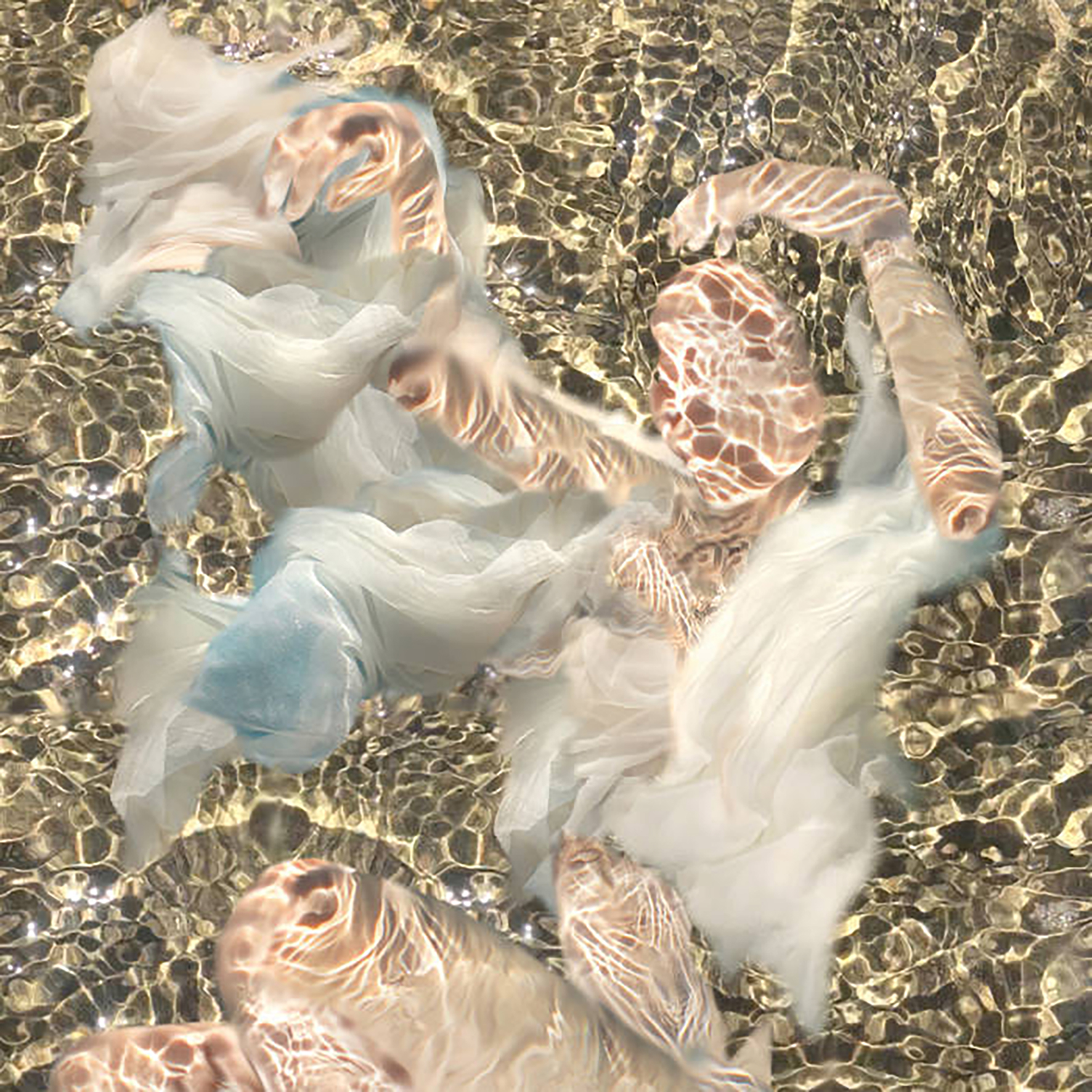 I loved Sage Fisher's last album (the wonderful and hallucinatory Liminal Garden), so I was quite eager to find out how she would follow such a unique vision. Now that Body of Water has been released, I have my answer and it is very much an expectation-subverting one. While the harp arguably remains Fisher's primary instrument, her vocals take a much more prominent role with this latest opus. That is a twist, certainly, but it is not THE twist, which is that Fisher enlisted the aid of acclaimed producer Tucker Martine to craft a suite of songs that feels like a sensual and psychotropic strain of outsider R&B. Whether it is close enough to the real thing to make an impact beyond underground electronic music circles remains to be seen, but Fisher's stylistic reinvention is an extremely cool and surprising one regardless. Admittedly, it took me a few listens to fully warm to the unabashed pop hooks that fill this album, but Fisher's more lysergic impulses are never far away, resulting in an immersive swirl of delightful mindfuckery anchored by memorable hooks, simmering grooves, and a newly unveiled soulfulness.
I loved Sage Fisher's last album (the wonderful and hallucinatory Liminal Garden), so I was quite eager to find out how she would follow such a unique vision. Now that Body of Water has been released, I have my answer and it is very much an expectation-subverting one. While the harp arguably remains Fisher's primary instrument, her vocals take a much more prominent role with this latest opus. That is a twist, certainly, but it is not THE twist, which is that Fisher enlisted the aid of acclaimed producer Tucker Martine to craft a suite of songs that feels like a sensual and psychotropic strain of outsider R&B. Whether it is close enough to the real thing to make an impact beyond underground electronic music circles remains to be seen, but Fisher's stylistic reinvention is an extremely cool and surprising one regardless. Admittedly, it took me a few listens to fully warm to the unabashed pop hooks that fill this album, but Fisher's more lysergic impulses are never far away, resulting in an immersive swirl of delightful mindfuckery anchored by memorable hooks, simmering grooves, and a newly unveiled soulfulness.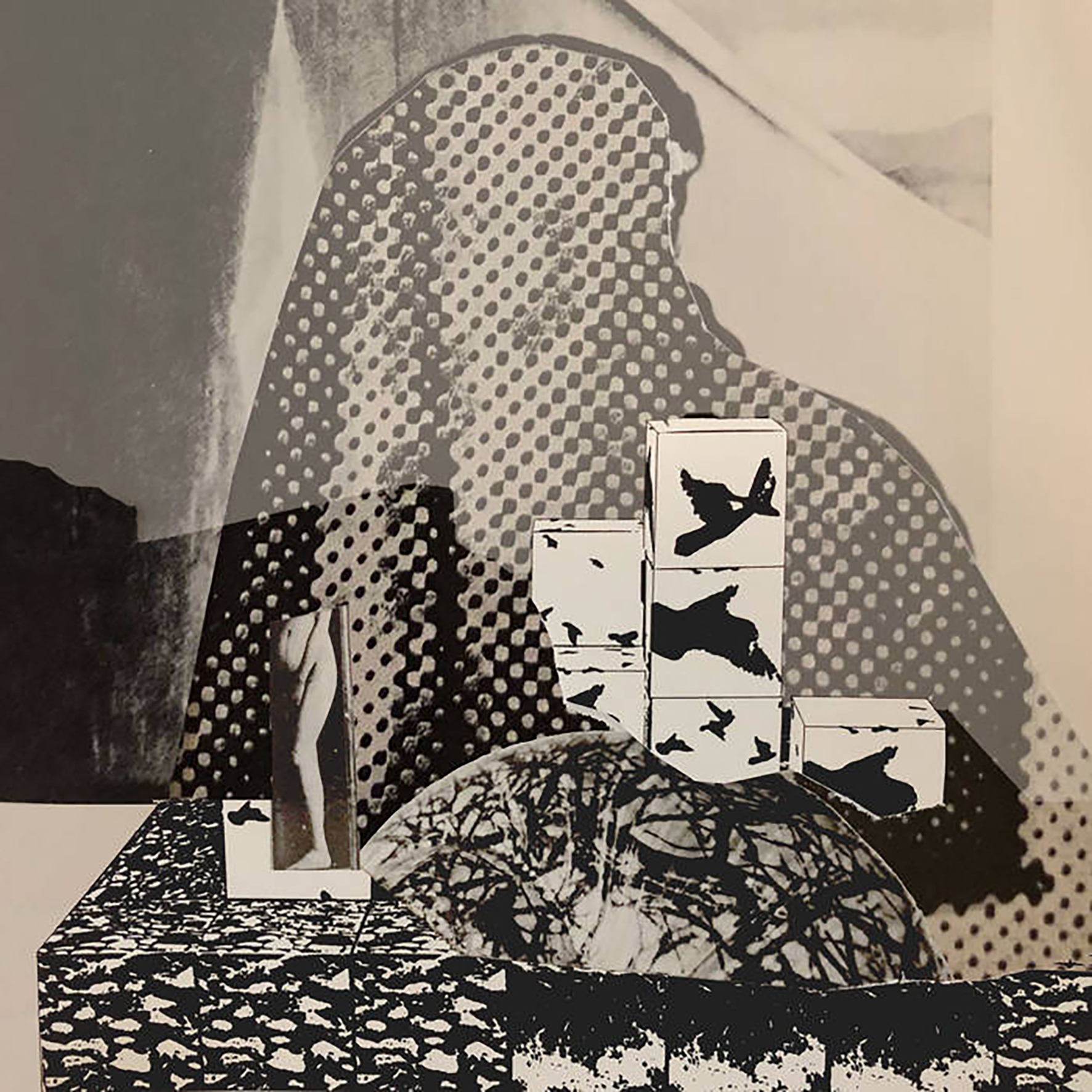 There was a period between 2010 and 2013 in which Rachel Evans seemed like a universally celebrated and ubiquitous figure in the "experimental music" milieu, as she released a flurry of tapes and LPs on a variety of great labels in a very short span. Since then, she has embraced a considerably more quiet and homespun approach to her art, self-releasing a steady and increasingly eclectic stream of limited edition tapes/CDrs/art objects to the delight of fans like myself. This latest release is an especially divergent and ambitious one, as Evans rarely releases vinyl and even more rarely shifts her focus towards acoustic instrumentation or conventional songcraft. The latter deserves an asterisk though, as there is only one brief song lurking within these two longform soundscapes and it largely appears in submerged form, but it is still quite a good one regardless. While the appearance of that surprise song is very much an album highlight, it is just one part of a larger and wonderfully hallucinatory whole. In fact, If We Were Landscapes is strong evidence that the golden age of Motion Sickness of Time Travel is still unfolding and that Evans' acclaimed run of albums like Seeping Through the Veil of Unconscious was actually just the tip of an expanding iceberg of future delights.
There was a period between 2010 and 2013 in which Rachel Evans seemed like a universally celebrated and ubiquitous figure in the "experimental music" milieu, as she released a flurry of tapes and LPs on a variety of great labels in a very short span. Since then, she has embraced a considerably more quiet and homespun approach to her art, self-releasing a steady and increasingly eclectic stream of limited edition tapes/CDrs/art objects to the delight of fans like myself. This latest release is an especially divergent and ambitious one, as Evans rarely releases vinyl and even more rarely shifts her focus towards acoustic instrumentation or conventional songcraft. The latter deserves an asterisk though, as there is only one brief song lurking within these two longform soundscapes and it largely appears in submerged form, but it is still quite a good one regardless. While the appearance of that surprise song is very much an album highlight, it is just one part of a larger and wonderfully hallucinatory whole. In fact, If We Were Landscapes is strong evidence that the golden age of Motion Sickness of Time Travel is still unfolding and that Evans' acclaimed run of albums like Seeping Through the Veil of Unconscious was actually just the tip of an expanding iceberg of future delights.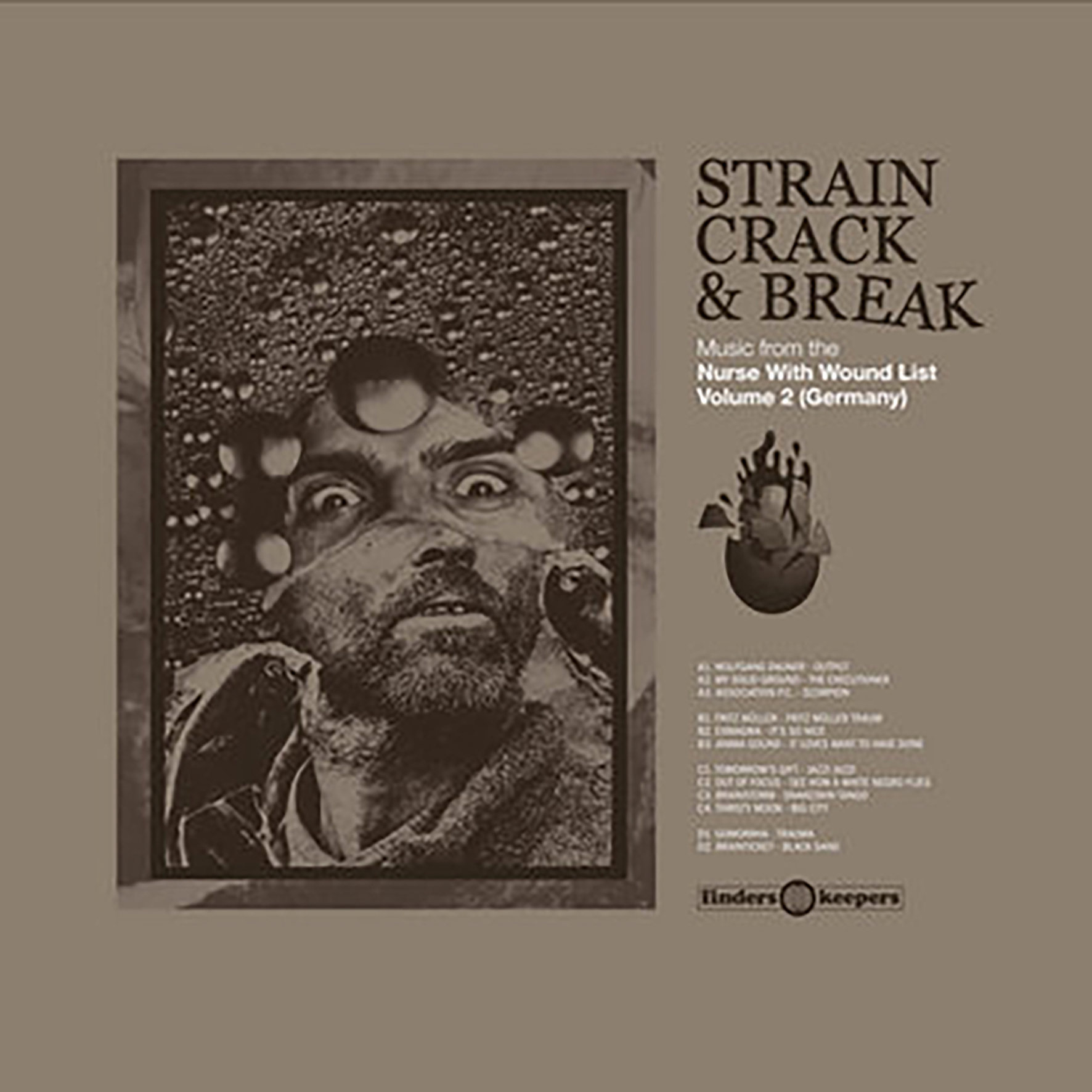 As a longtime Nurse With Wound fan, I have always been a bit amused and perplexed by the almost-religious reverence that people continue to have for Steven Stapleton's famous list. For one, it is hard to process that there was once a teenager in the '70s who was so cool that adults all over the world would spend the next forty years trying to replicate his record collection. Secondly, it seems like any underground bands from that era who have managed to remain obscure until now have probably earned that fate for valid reasons, as there have been plenty of blogs and reissue labels tirelessly unearthing and championing freaky sounds since the advent of the internet. Consequently, when this series was announced, I wondered what could still possibly be left undiscovered. That said, the idea of a Stapleton-curated tour of the most outré and adventurous prog, jazz, and avant-garde artists of the early- and mid-1970s still packs quite an appeal for me, so I am delighted that this better-late-than-never series exists. It admittedly took me a while to warm to the French volume, as I tend to run screaming from proggy indulgence and unfiltered Dada antics and there was plenty of both, but there were definitely some gems as well. Unsurprisingly, this stronger second volume features an even higher proportion of such gems, as it is not a mere coincidence that krautrock had a larger cultural impact than its French counterpart.
As a longtime Nurse With Wound fan, I have always been a bit amused and perplexed by the almost-religious reverence that people continue to have for Steven Stapleton's famous list. For one, it is hard to process that there was once a teenager in the '70s who was so cool that adults all over the world would spend the next forty years trying to replicate his record collection. Secondly, it seems like any underground bands from that era who have managed to remain obscure until now have probably earned that fate for valid reasons, as there have been plenty of blogs and reissue labels tirelessly unearthing and championing freaky sounds since the advent of the internet. Consequently, when this series was announced, I wondered what could still possibly be left undiscovered. That said, the idea of a Stapleton-curated tour of the most outré and adventurous prog, jazz, and avant-garde artists of the early- and mid-1970s still packs quite an appeal for me, so I am delighted that this better-late-than-never series exists. It admittedly took me a while to warm to the French volume, as I tend to run screaming from proggy indulgence and unfiltered Dada antics and there was plenty of both, but there were definitely some gems as well. Unsurprisingly, this stronger second volume features an even higher proportion of such gems, as it is not a mere coincidence that krautrock had a larger cultural impact than its French counterpart.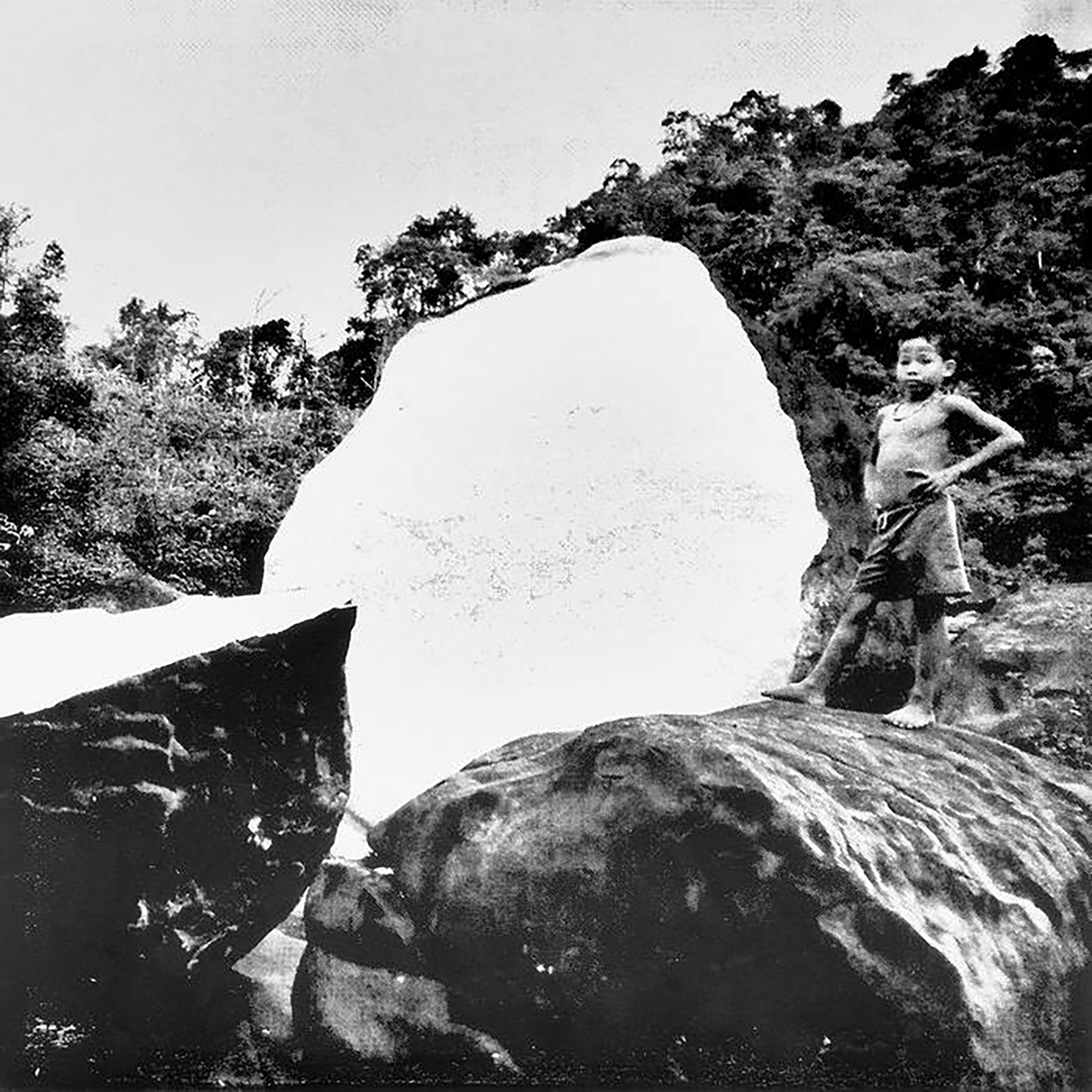 It is quite a daunting task to keep up with Laurent Jeanneau's massive, continually expanding, and oft-challenging discography, but his vinyl releases always tend to be strong and focused statements worth investigating. In that regard, Jeanneau is having quite a great year, as this latest LP is his third excellent album of 2021 (Kink Gong's Zomia Vol. 1 and Sublime Frequencies' Mien (Yao) being the other two). Zomianscape continues Jeanneau's fascination with "Zomia," which is a half-conceptual/half-geographic term for the ethnic minorities in the hills and mountains of Southeast Asia who live outside national laws and customs. The term was first coined by historian Willem van Schendel in 2002, but it was James C. Scott's The Art of Not Being Governed: An Anarchist History of Upland Southeast Asia that particularly struck Jeanneau, as he conceived of the Zomia series as a "mythological soundscape inspired by a semi-utopic region where state rules don't apply." The raw material for these first two longform "Zomianscapes" was recorded over ten years in Cambodia, Laos, Vietnam, and China, but the boundaries between individual cultures, field recordings, and Jeanneau's own contributions are beautifully dissolved into a mesmerizing stew of hallucinatory sound collage. I suppose Zomia Vol. I achieved a similar end in more bite-sized doses, but this follow up offers a deeper, more immersive plunge.
It is quite a daunting task to keep up with Laurent Jeanneau's massive, continually expanding, and oft-challenging discography, but his vinyl releases always tend to be strong and focused statements worth investigating. In that regard, Jeanneau is having quite a great year, as this latest LP is his third excellent album of 2021 (Kink Gong's Zomia Vol. 1 and Sublime Frequencies' Mien (Yao) being the other two). Zomianscape continues Jeanneau's fascination with "Zomia," which is a half-conceptual/half-geographic term for the ethnic minorities in the hills and mountains of Southeast Asia who live outside national laws and customs. The term was first coined by historian Willem van Schendel in 2002, but it was James C. Scott's The Art of Not Being Governed: An Anarchist History of Upland Southeast Asia that particularly struck Jeanneau, as he conceived of the Zomia series as a "mythological soundscape inspired by a semi-utopic region where state rules don't apply." The raw material for these first two longform "Zomianscapes" was recorded over ten years in Cambodia, Laos, Vietnam, and China, but the boundaries between individual cultures, field recordings, and Jeanneau's own contributions are beautifully dissolved into a mesmerizing stew of hallucinatory sound collage. I suppose Zomia Vol. I achieved a similar end in more bite-sized doses, but this follow up offers a deeper, more immersive plunge. I initially slept on this album, as the prosaic title made it sound like a collection of old and orphaned songs rather than a minor sound collage masterpiece. The former would be just fine by me (in a non-urgent way), but the fact that this album is actually the latter completely blindsided me. As the label puts it, Collin pulled "shining diamonds from his discography" and put them "in a new context with more recently recorded segments." In more practical terms, this means that the album beautifully bleeds together ephemeral highlights from Collin's discography into a soulfully mesmerizing, endlessly evolving impressionist fantasia. In its most striking moments, Music From Cassettes, Etc. makes me feel like I am a Dickensian ghost experiencing all the warmest moments from Collin's life through a flickering projector.
I initially slept on this album, as the prosaic title made it sound like a collection of old and orphaned songs rather than a minor sound collage masterpiece. The former would be just fine by me (in a non-urgent way), but the fact that this album is actually the latter completely blindsided me. As the label puts it, Collin pulled "shining diamonds from his discography" and put them "in a new context with more recently recorded segments." In more practical terms, this means that the album beautifully bleeds together ephemeral highlights from Collin's discography into a soulfully mesmerizing, endlessly evolving impressionist fantasia. In its most striking moments, Music From Cassettes, Etc. makes me feel like I am a Dickensian ghost experiencing all the warmest moments from Collin's life through a flickering projector.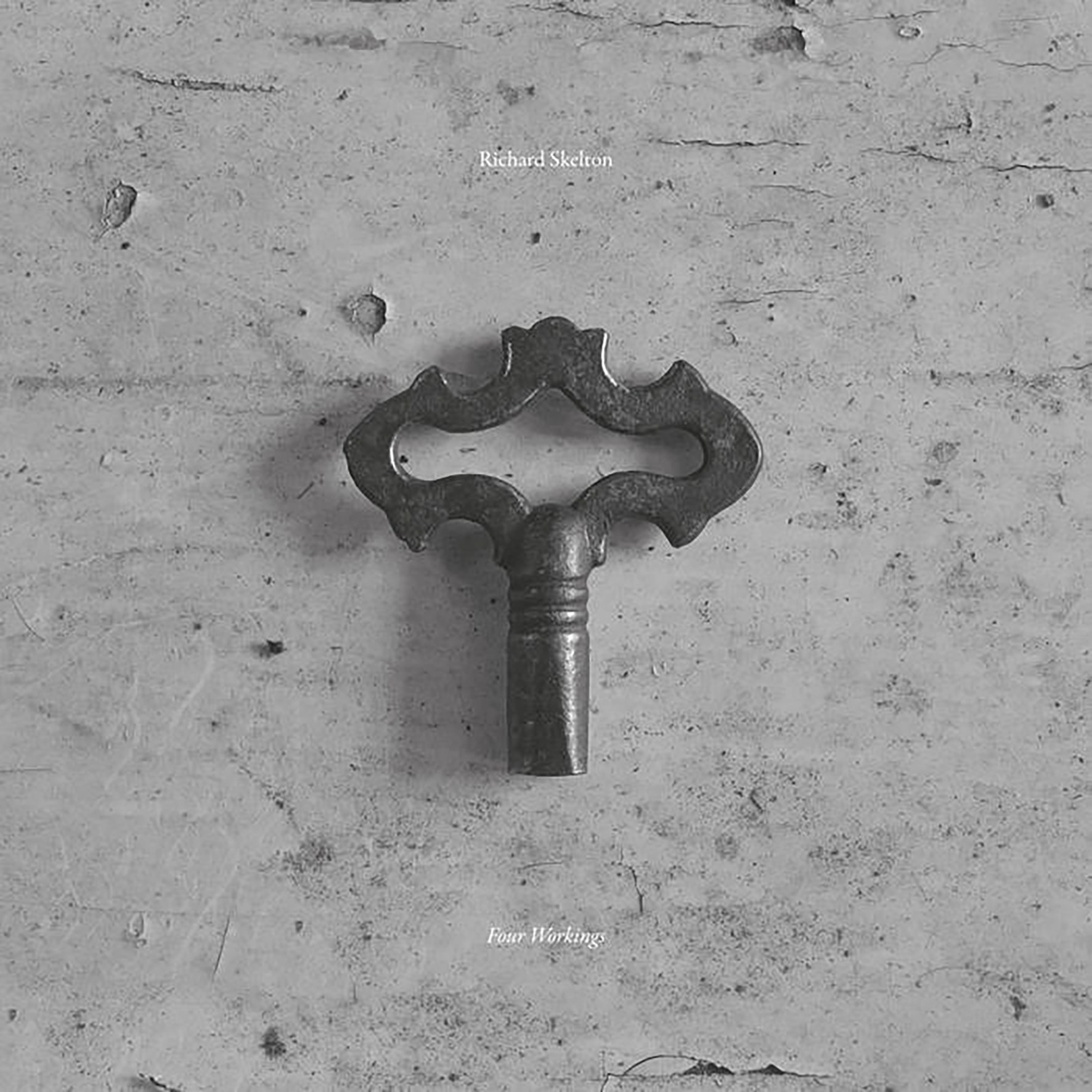 This latest album from Skelton seems intended to be a major new statement, though not quite a formal follow-up to last year's These Charms May be Sung Over a Wound, as double LPs are a real rarity in the prolific composer's discography. If it was not intended as such, it certainly has the ambitious conceptual framework and focused power of his strongest work. For these four pieces, Skelton used a self-devised divination deck of Proto-Indo-European word roots for inspiration, making the album the fruit of an occult-tinged and antiquarian word game. Skelton also maintained the same restricted palette and duration for each piece, yet the tone varies significantly between them, as he treated each composition as a meditation upon a single, unvoiced question. To some degree, Four Workings is an especially ambient-minded release, as the hypnotically repeating melodic fragments are reminiscent of Celer's most loop-driven fare. The similarities mostly end there, however, as the billowing ambiance is often a smokescreen for a more sharp-edged and sophisticated undercurrent that slowly emerges from the murky depths. This is an unusually strong suite of compositions for Skelton's current phase, and the first piece in particular is probably among his finest moments to date.
This latest album from Skelton seems intended to be a major new statement, though not quite a formal follow-up to last year's These Charms May be Sung Over a Wound, as double LPs are a real rarity in the prolific composer's discography. If it was not intended as such, it certainly has the ambitious conceptual framework and focused power of his strongest work. For these four pieces, Skelton used a self-devised divination deck of Proto-Indo-European word roots for inspiration, making the album the fruit of an occult-tinged and antiquarian word game. Skelton also maintained the same restricted palette and duration for each piece, yet the tone varies significantly between them, as he treated each composition as a meditation upon a single, unvoiced question. To some degree, Four Workings is an especially ambient-minded release, as the hypnotically repeating melodic fragments are reminiscent of Celer's most loop-driven fare. The similarities mostly end there, however, as the billowing ambiance is often a smokescreen for a more sharp-edged and sophisticated undercurrent that slowly emerges from the murky depths. This is an unusually strong suite of compositions for Skelton's current phase, and the first piece in particular is probably among his finest moments to date.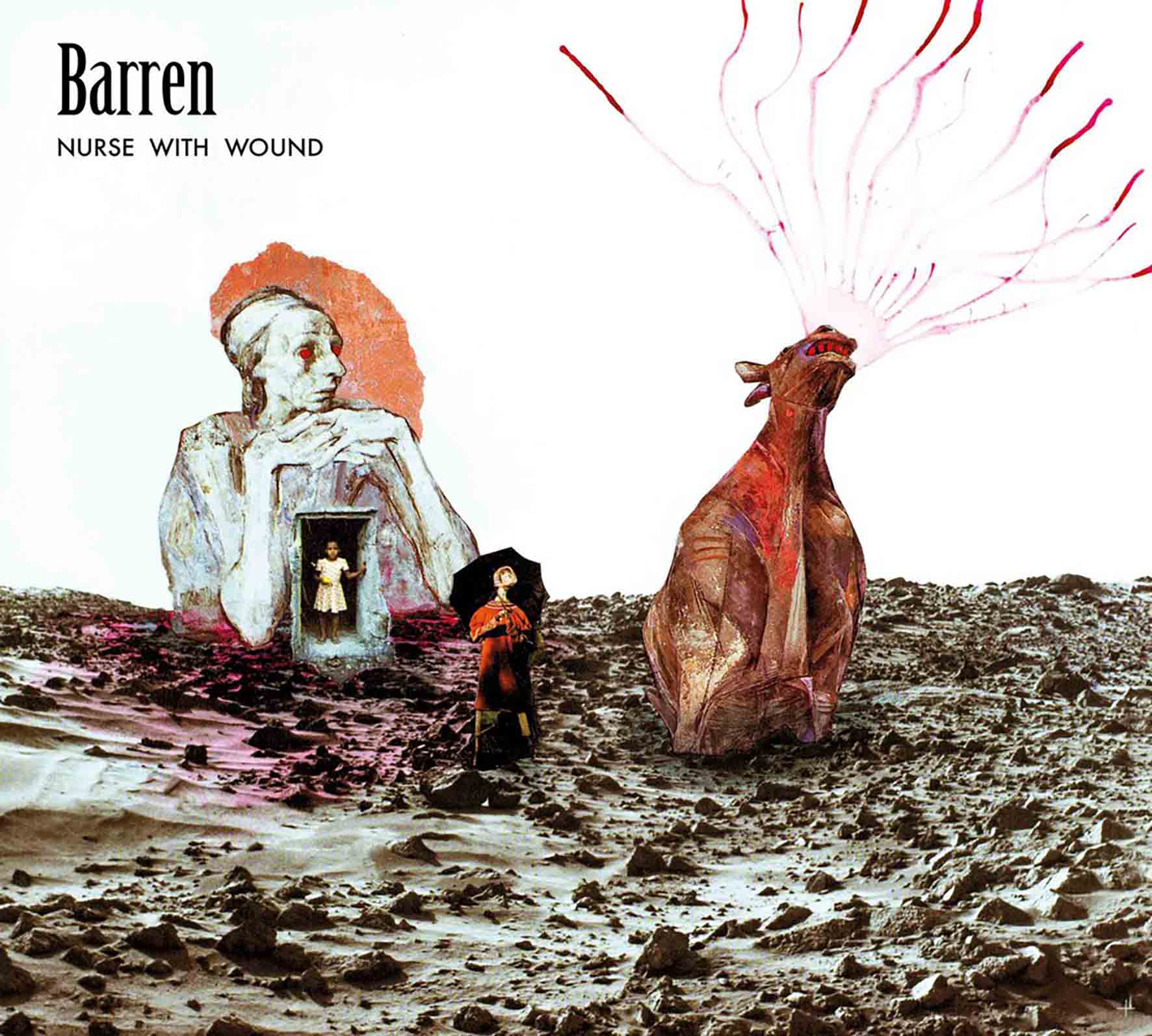 This double album had the misfortune of being released near the end of 2020, so it lamentably did not quite get the attention that it deserved (and being a live album probably did not help matters much either).  Granted, it has admittedly been a while since the NWW camp dropped an album that I would breathlessly proclaim a stone-cold masterpiece, yet the project's current era features quite a formidable lineup. In fact, most United Dairies/ICR releases in recent years have been refreshingly solid for an entity with such a vast and historically erratic discography. Barren happily continues that trend, documenting two performances from differing lineup configurations that have been deemed "amongst their most unusual performances." In this context, however, "unusual" means "very professional-sounding longform works conspicuously free of sinister whimsy." Significantly, the two performances are almost unrecognizable as NWW despite cannibalizing a pair of studio releases. They make for quite a satisfying deep-psych/spaced-out ambient release in their own right, however, as there is no rule stating that albums need to be representative to be enjoyable.
This double album had the misfortune of being released near the end of 2020, so it lamentably did not quite get the attention that it deserved (and being a live album probably did not help matters much either).  Granted, it has admittedly been a while since the NWW camp dropped an album that I would breathlessly proclaim a stone-cold masterpiece, yet the project's current era features quite a formidable lineup. In fact, most United Dairies/ICR releases in recent years have been refreshingly solid for an entity with such a vast and historically erratic discography. Barren happily continues that trend, documenting two performances from differing lineup configurations that have been deemed "amongst their most unusual performances." In this context, however, "unusual" means "very professional-sounding longform works conspicuously free of sinister whimsy." Significantly, the two performances are almost unrecognizable as NWW despite cannibalizing a pair of studio releases. They make for quite a satisfying deep-psych/spaced-out ambient release in their own right, however, as there is no rule stating that albums need to be representative to be enjoyable. This collection of (mostly) acapella field recordings from Kink Gong's Laurent Jeanneau truly emphasizes the "sublime" part of the Sublime Frequencies vision, as this is quite an eerily lovely and mesmerizing album. While the recordings span three different countries (China, Laos, and Vietnam), they are all roughly rooted in a single cultural milieu: the Chinese hill tribes known pejoratively as the Yao ("dog" or "savage"). Understandably, a large number of these tribal folk prefer the name Mien ("people"), but they are a multifarious bunch that have spread beyond China into Southeast Asia and evolved into numerous distinctive and divergent subcultures. The first half of the album is devoted to very pure and simple canon singing ("an initial melody is imitated at a specified time interval by one or more parts"), while the second half offers some compelling and more fleshed-out variations. While the "raw, ethereal, and cosmic" performances that Laurent captured need no additional enhancement to captivate me, the variations are every bit as great as the undiluted essence and give the album an impressively strong dynamic arc.
This collection of (mostly) acapella field recordings from Kink Gong's Laurent Jeanneau truly emphasizes the "sublime" part of the Sublime Frequencies vision, as this is quite an eerily lovely and mesmerizing album. While the recordings span three different countries (China, Laos, and Vietnam), they are all roughly rooted in a single cultural milieu: the Chinese hill tribes known pejoratively as the Yao ("dog" or "savage"). Understandably, a large number of these tribal folk prefer the name Mien ("people"), but they are a multifarious bunch that have spread beyond China into Southeast Asia and evolved into numerous distinctive and divergent subcultures. The first half of the album is devoted to very pure and simple canon singing ("an initial melody is imitated at a specified time interval by one or more parts"), while the second half offers some compelling and more fleshed-out variations. While the "raw, ethereal, and cosmic" performances that Laurent captured need no additional enhancement to captivate me, the variations are every bit as great as the undiluted essence and give the album an impressively strong dynamic arc.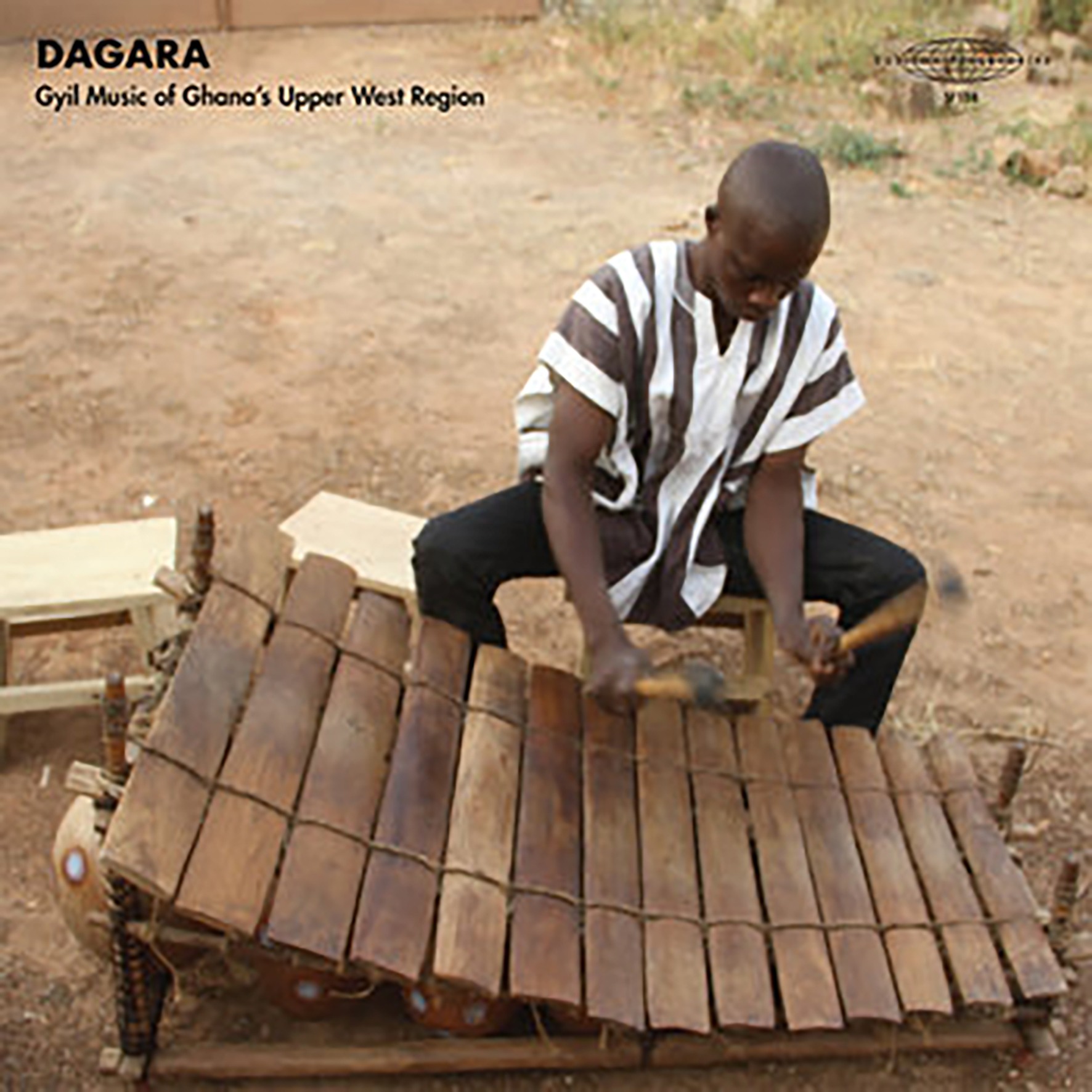 This mesmerizing and unique gem from Sublime Frequencies documents some killer field recordings made by Hisham Mayet in the Upper West region of Ghana back in 2019. I knew absolutely nothing about gyril music before hearing this album, but the most salient detail is that the primary instrument is a traditional xylophone used by the Lobi people. That does not even remotely convey how strange and wonderful these recordings are, but SF's description includes phrases like "long form trance music" and "acoustic techno," and those seem to hit the mark in spirit. To me, this album sounds like a ritualistic drum circle, but way more sophisticated, melodic, and psych-damaged than anything I would expect from actual communal percussion. As with a lot of field-recorded Sublime Frequency fare, it is very easy to dismiss this album as just an interesting window into an underheard culture from a cursory or casual listen. Once I listened to Dagara in a focused way, however, it quickly revealed itself to be something quite transcendent, as it seamlessly merges the otherness of great "experimental" music with an almost ecstatic visceral intensity.
This mesmerizing and unique gem from Sublime Frequencies documents some killer field recordings made by Hisham Mayet in the Upper West region of Ghana back in 2019. I knew absolutely nothing about gyril music before hearing this album, but the most salient detail is that the primary instrument is a traditional xylophone used by the Lobi people. That does not even remotely convey how strange and wonderful these recordings are, but SF's description includes phrases like "long form trance music" and "acoustic techno," and those seem to hit the mark in spirit. To me, this album sounds like a ritualistic drum circle, but way more sophisticated, melodic, and psych-damaged than anything I would expect from actual communal percussion. As with a lot of field-recorded Sublime Frequency fare, it is very easy to dismiss this album as just an interesting window into an underheard culture from a cursory or casual listen. Once I listened to Dagara in a focused way, however, it quickly revealed itself to be something quite transcendent, as it seamlessly merges the otherness of great "experimental" music with an almost ecstatic visceral intensity.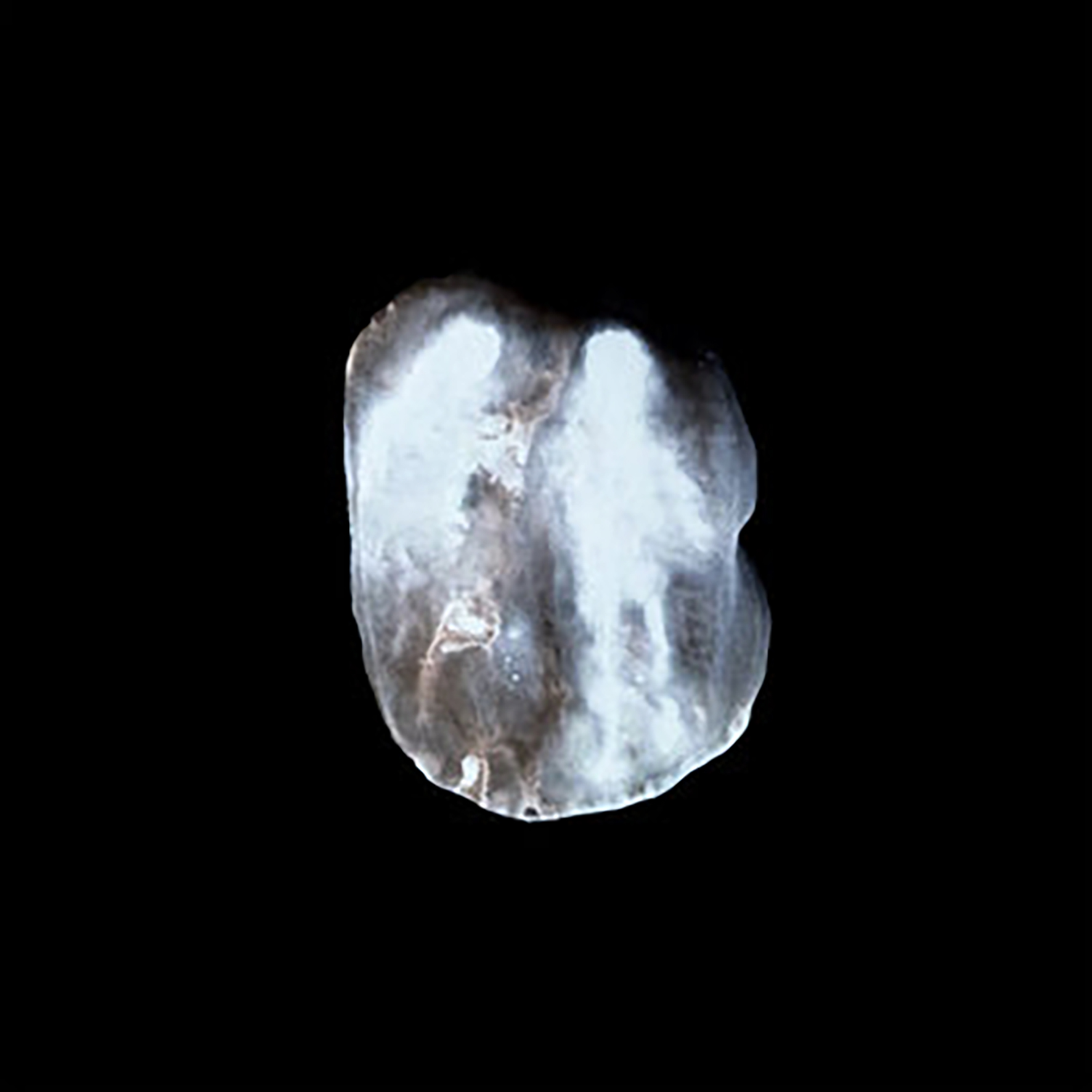 This second album from Milan-based visual artist/electro-acoustic composer Domiziano Maselli can be a disorienting collision of disparate inspirations at times, but it is certainly an intensely visceral and compelling experience when it hits the mark. Opal's description of the album mentions that Maselli possesses an "uncanny skill to create non-conformist drama," which feels like an apt characterization. It is similarly fair to say that Maselli likely has an extreme fondness for the gloomy prime of artists like Haxan Cloak and Raime, as well as a deep appreciation for Emptyset's seismic and intense approach to sound design. Elements of all three are certainly present on Lazzaro, though Maselli proves quite adept at building upon their best bits. That said, there are also a few pieces that radically break from the influences Maselli wears on his sleeve and they are uniformly brilliant. In one case, he approximates a massive contraption of slowly whirling jagged, rusted metal blades, while elsewhere he unleashes something akin to a demonically possessed string quartet hellbent on conjuring the darkest psychedelia. For me, Lazarro is a very strong album for those two pieces alone, but his execution for everything else is quite impressive as well.
This second album from Milan-based visual artist/electro-acoustic composer Domiziano Maselli can be a disorienting collision of disparate inspirations at times, but it is certainly an intensely visceral and compelling experience when it hits the mark. Opal's description of the album mentions that Maselli possesses an "uncanny skill to create non-conformist drama," which feels like an apt characterization. It is similarly fair to say that Maselli likely has an extreme fondness for the gloomy prime of artists like Haxan Cloak and Raime, as well as a deep appreciation for Emptyset's seismic and intense approach to sound design. Elements of all three are certainly present on Lazzaro, though Maselli proves quite adept at building upon their best bits. That said, there are also a few pieces that radically break from the influences Maselli wears on his sleeve and they are uniformly brilliant. In one case, he approximates a massive contraption of slowly whirling jagged, rusted metal blades, while elsewhere he unleashes something akin to a demonically possessed string quartet hellbent on conjuring the darkest psychedelia. For me, Lazarro is a very strong album for those two pieces alone, but his execution for everything else is quite impressive as well.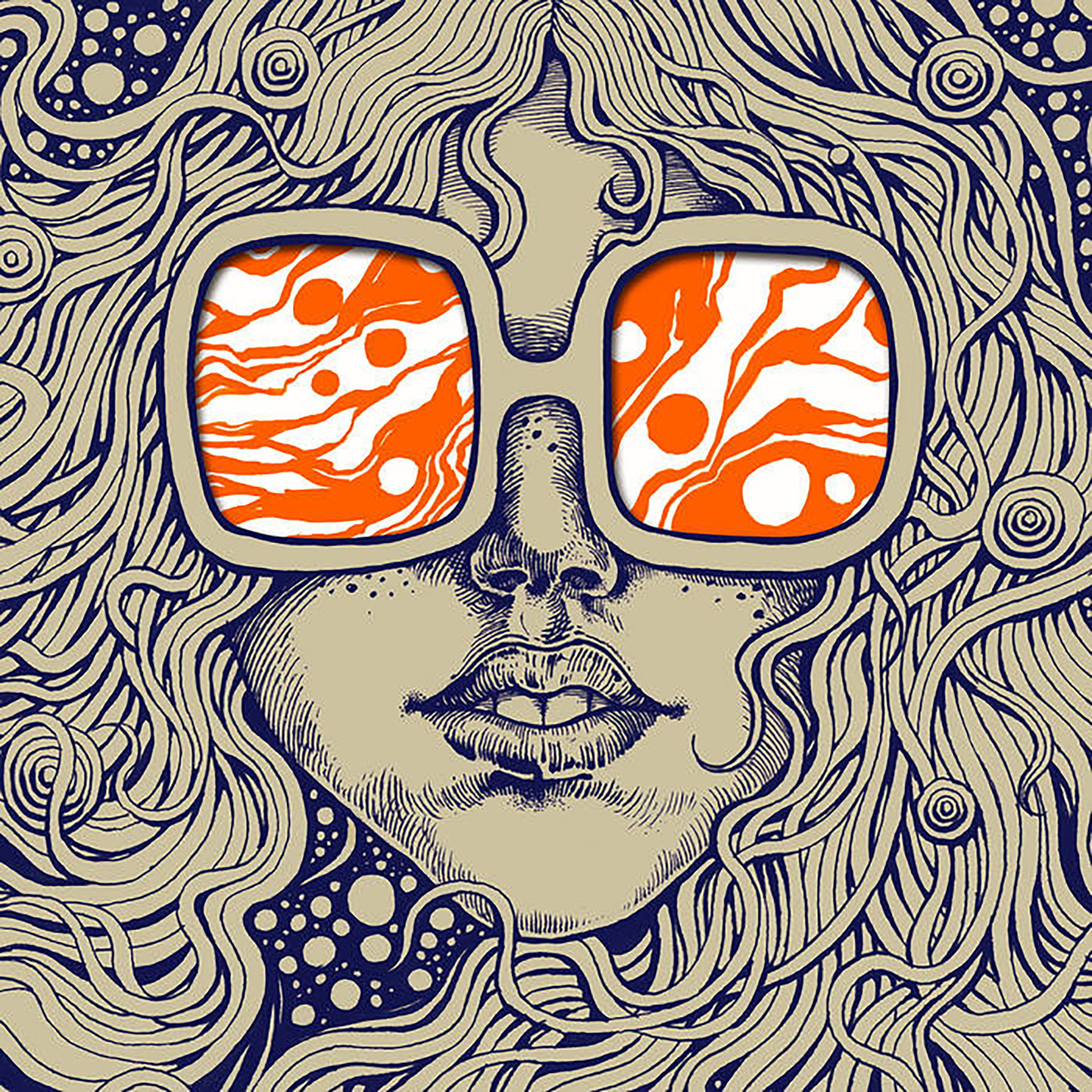
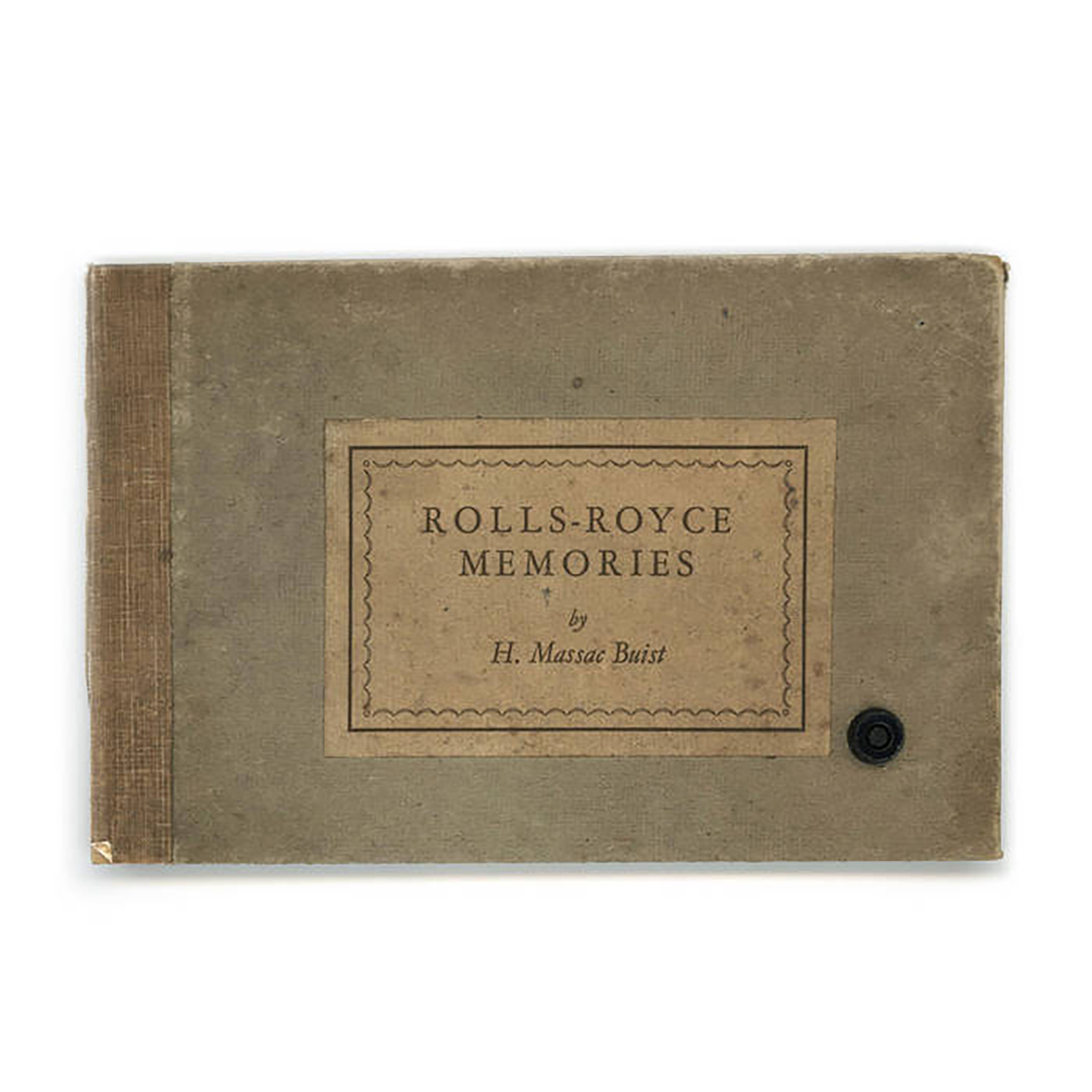 It admittedly took me a while to finally connect all the dots in my head, but it dawned on me recently that The Boats were kind of the Throbbing Gristle of a hard-to-define strain of ambient-adjacent bittersweet melancholia. My case: both Andrew Hargreaves and/or Craig Tattersall have been consistently involved in a host of varied and wonderful projects for more than two decades now (Hood, The Remote Viewer, Tape Loop Orchestra, etc.). The tape loop-focused The Humble Bee is Tattersall's most prolific and consistent endeavor; he has been releasing solo work and collaborations under that moniker since 2009. In fact, this album was the project's debut, but I only recently heard it for the first time, as its initial release was a limited CDr in a handmade case made from repurposed book covers (pictured). Last month, it got a well-deserved reissue on vinyl from the endearingly eccentric Astral Industries with VERY different cover art and it sold out instantly. That gives me hope for humanity, as this incredibly beautiful and absolutely sublime release deserves as much exposure as it can get. A Miscellany for the Quiet Hours is a stone-cold classic.
It admittedly took me a while to finally connect all the dots in my head, but it dawned on me recently that The Boats were kind of the Throbbing Gristle of a hard-to-define strain of ambient-adjacent bittersweet melancholia. My case: both Andrew Hargreaves and/or Craig Tattersall have been consistently involved in a host of varied and wonderful projects for more than two decades now (Hood, The Remote Viewer, Tape Loop Orchestra, etc.). The tape loop-focused The Humble Bee is Tattersall's most prolific and consistent endeavor; he has been releasing solo work and collaborations under that moniker since 2009. In fact, this album was the project's debut, but I only recently heard it for the first time, as its initial release was a limited CDr in a handmade case made from repurposed book covers (pictured). Last month, it got a well-deserved reissue on vinyl from the endearingly eccentric Astral Industries with VERY different cover art and it sold out instantly. That gives me hope for humanity, as this incredibly beautiful and absolutely sublime release deserves as much exposure as it can get. A Miscellany for the Quiet Hours is a stone-cold classic.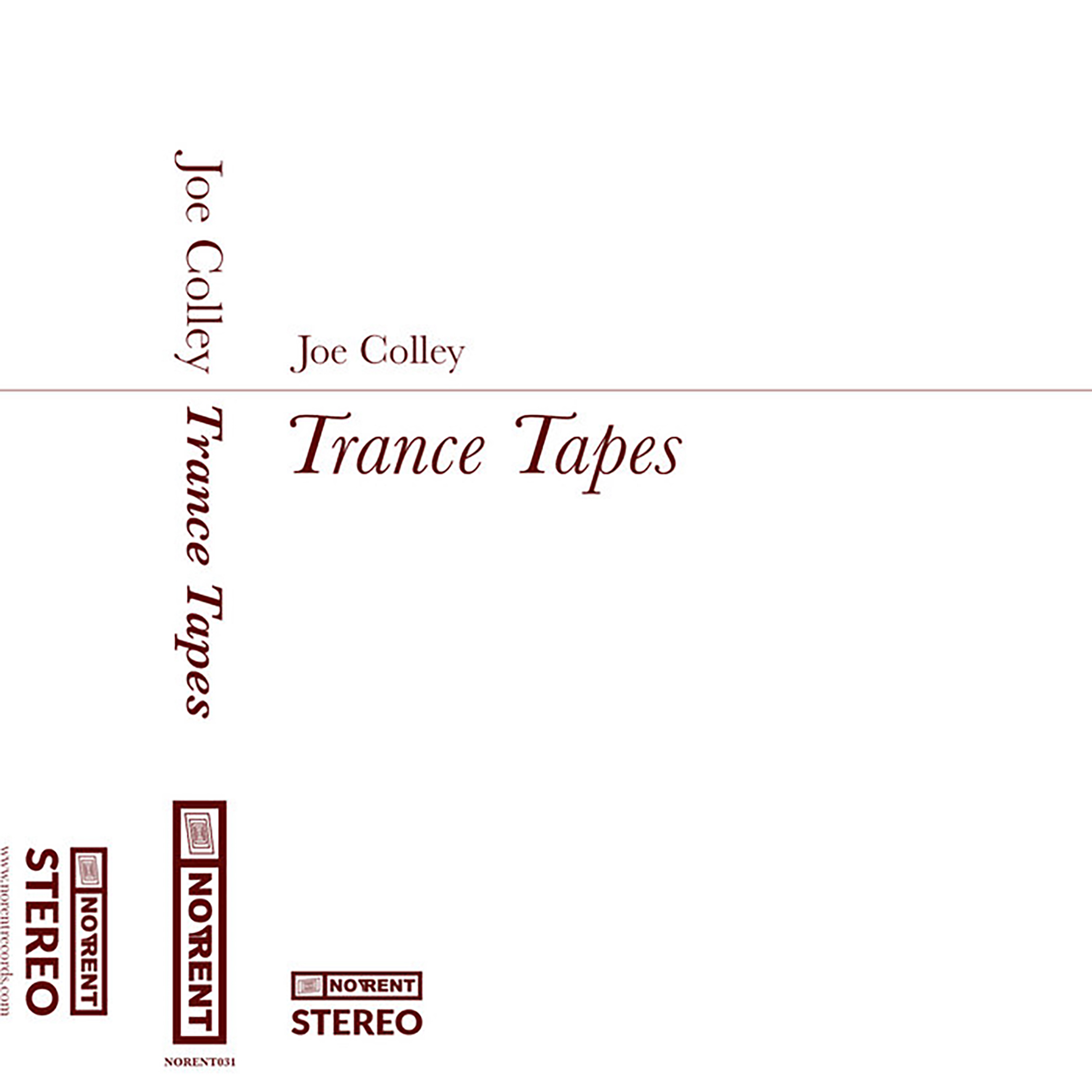 Back in 2016, noise/sound art legend Joe Colley returned from a lengthy hiatus to release the solid No Way In on Jason Lescalleet's Glistening Examples, but he has been extremely quiet ever since, surfacing only to release a tape of a durational live performance last year. Happily, he is back again with another major statement and it is quite a monster. It is also unusually accessible at times, as Trance Tapes lives up to its name beautifully (though those trances inevitably curdle into nightmare territory). In some ways, this album resembles a classic noise tape on the more "industrial" side of the spectrum, as each of the four pieces is built from a foundation of relentless, obsessively repeating "machine-noise" to varying degrees. That is merely the starting point, however, as each piece rapidly blossoms into a vividly psychotropic mindbomb of viscerally buzzing frequencies and hypnotically repeating chirps, bleeps, throbs, and looping drones. I suspect many serious noise fans would roll their eyes or spit out their drink in disbelief if I had the temerity to proclaim this a career highlight, so I will refrain from doing that. However, it is extremely difficult to imagine a Joe Colley or Crawl Unit album in which he was able to realize his vision with more clarity and focus than he does with this near-perfect tour de force.
Back in 2016, noise/sound art legend Joe Colley returned from a lengthy hiatus to release the solid No Way In on Jason Lescalleet's Glistening Examples, but he has been extremely quiet ever since, surfacing only to release a tape of a durational live performance last year. Happily, he is back again with another major statement and it is quite a monster. It is also unusually accessible at times, as Trance Tapes lives up to its name beautifully (though those trances inevitably curdle into nightmare territory). In some ways, this album resembles a classic noise tape on the more "industrial" side of the spectrum, as each of the four pieces is built from a foundation of relentless, obsessively repeating "machine-noise" to varying degrees. That is merely the starting point, however, as each piece rapidly blossoms into a vividly psychotropic mindbomb of viscerally buzzing frequencies and hypnotically repeating chirps, bleeps, throbs, and looping drones. I suspect many serious noise fans would roll their eyes or spit out their drink in disbelief if I had the temerity to proclaim this a career highlight, so I will refrain from doing that. However, it is extremely difficult to imagine a Joe Colley or Crawl Unit album in which he was able to realize his vision with more clarity and focus than he does with this near-perfect tour de force.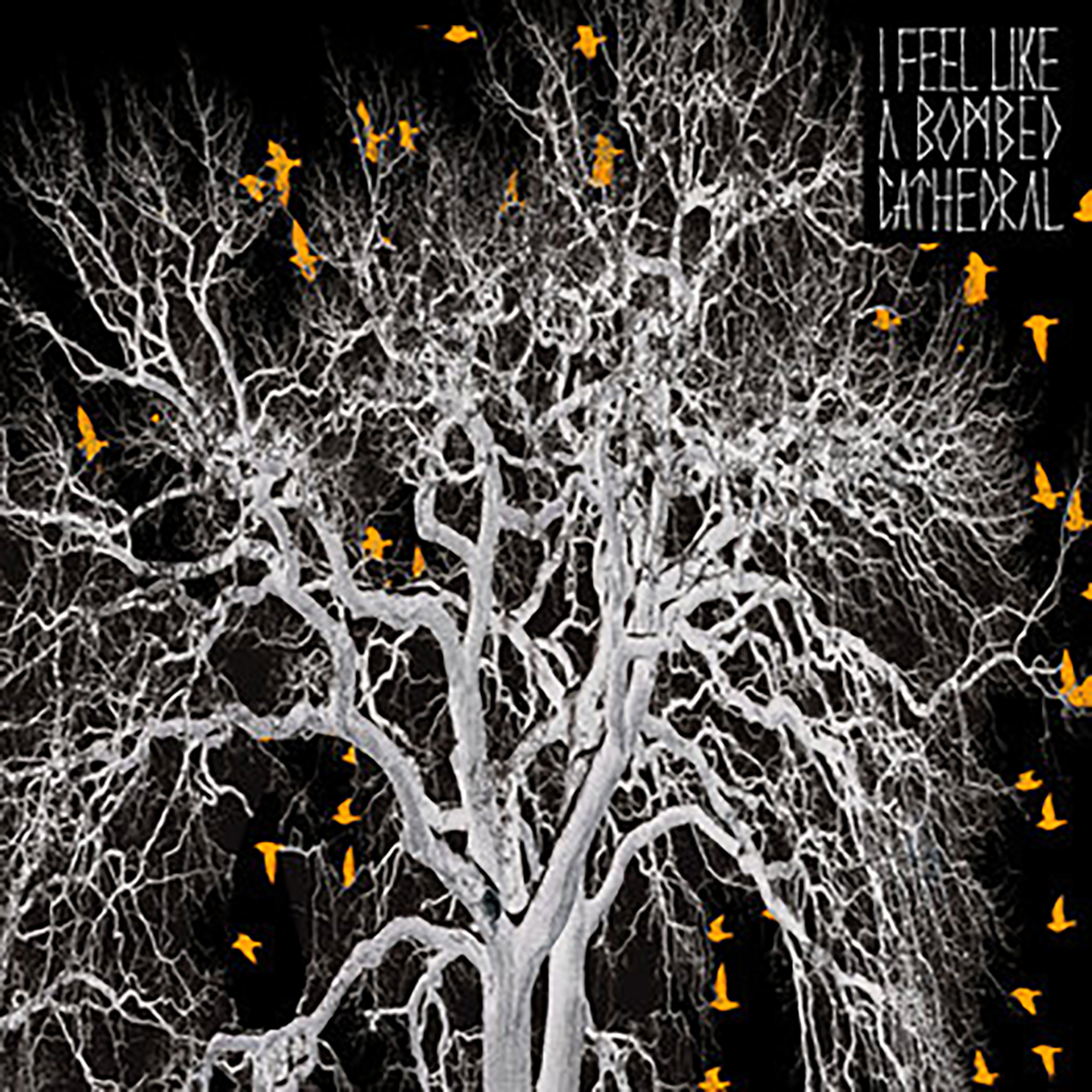 This solo drone project from Ulan Bator's Amaury Cambuzat has been one of my favorite discoveries of the last few years, as both AmOrtH and W featured moments that induced me to proclaim that Cambuzat was "a goddamn drone shaman." This latest album was a bit of a surprise, however, as Cambuzat casually made it available as a digital-only release on his Bandcamp page with just a simple description of "This is the very first recording of I Feel Like a Bombed Cathedral." Apparently, the recordings date from early 2018 and I am amazed that Cambuzat did not feel inclined to make them public until now, as a handful of these pieces are absolute gems that rank among the project’s finest work. A few of the other ones admittedly feel like a searching, partially formed vision of the greatness to come, but γένεσις is much, much better than its humble "vault clearing" origins suggest. I would not have been at all disappointed if this was a proper new Bombed Cathedral release, as the album is absolutely teaming with beautifully warped guitar sounds and immersive layers of richly textured psychedelia. In fact, γένεσις only heightens my expectations for whatever Cambuzat might be working on now, as no sane person would keep music this great on the shelf for three years unless they had something even better in the pipeline.
This solo drone project from Ulan Bator's Amaury Cambuzat has been one of my favorite discoveries of the last few years, as both AmOrtH and W featured moments that induced me to proclaim that Cambuzat was "a goddamn drone shaman." This latest album was a bit of a surprise, however, as Cambuzat casually made it available as a digital-only release on his Bandcamp page with just a simple description of "This is the very first recording of I Feel Like a Bombed Cathedral." Apparently, the recordings date from early 2018 and I am amazed that Cambuzat did not feel inclined to make them public until now, as a handful of these pieces are absolute gems that rank among the project’s finest work. A few of the other ones admittedly feel like a searching, partially formed vision of the greatness to come, but γένεσις is much, much better than its humble "vault clearing" origins suggest. I would not have been at all disappointed if this was a proper new Bombed Cathedral release, as the album is absolutely teaming with beautifully warped guitar sounds and immersive layers of richly textured psychedelia. In fact, γένεσις only heightens my expectations for whatever Cambuzat might be working on now, as no sane person would keep music this great on the shelf for three years unless they had something even better in the pipeline. This is the debut album from a Berlin-based foursome dedicated to performing the works of Malaysian-born composer/trombonist Rishin Singh. Notably, Singh is also a member of Konzert Minimal, which is a modern classical ensemble dedicated to performing compositions by the Wandelweiser collective. In a 2016 New Yorker profile of the Wandelweiser milieu, Alex Ross noted that one recurring theme in their work is a "ghost tonality never achieves stability; it will frustrate those who expect one chord to lead logically to another." Singh's own vision shares a lot of similar stylistic terrain, as A Fog Like Liars Loving is nothing if not ghostly (and creepy (and unsettling)). It resembles an alternate universe version of Low in which they were a chamber music ensemble that listened to a steady diet of nothing but Jandek, Scott Walker, Marble Index-era Nico, and warped old folk records played at the wrong speed. That said, Singh definitely has an unusually sophisticated sensibility regarding dissonant harmonies and the entire album has an eerily nocturnal, dread-soaked, and somnambulant feel that is uniquely Leider's own. Purportedly, the album also features an "understated gallows humor," which is also an achievement of sorts, as Singh has managed to cultivate a strain of black humor so bleak that even I often have a hard time detecting it.
This is the debut album from a Berlin-based foursome dedicated to performing the works of Malaysian-born composer/trombonist Rishin Singh. Notably, Singh is also a member of Konzert Minimal, which is a modern classical ensemble dedicated to performing compositions by the Wandelweiser collective. In a 2016 New Yorker profile of the Wandelweiser milieu, Alex Ross noted that one recurring theme in their work is a "ghost tonality never achieves stability; it will frustrate those who expect one chord to lead logically to another." Singh's own vision shares a lot of similar stylistic terrain, as A Fog Like Liars Loving is nothing if not ghostly (and creepy (and unsettling)). It resembles an alternate universe version of Low in which they were a chamber music ensemble that listened to a steady diet of nothing but Jandek, Scott Walker, Marble Index-era Nico, and warped old folk records played at the wrong speed. That said, Singh definitely has an unusually sophisticated sensibility regarding dissonant harmonies and the entire album has an eerily nocturnal, dread-soaked, and somnambulant feel that is uniquely Leider's own. Purportedly, the album also features an "understated gallows humor," which is also an achievement of sorts, as Singh has managed to cultivate a strain of black humor so bleak that even I often have a hard time detecting it.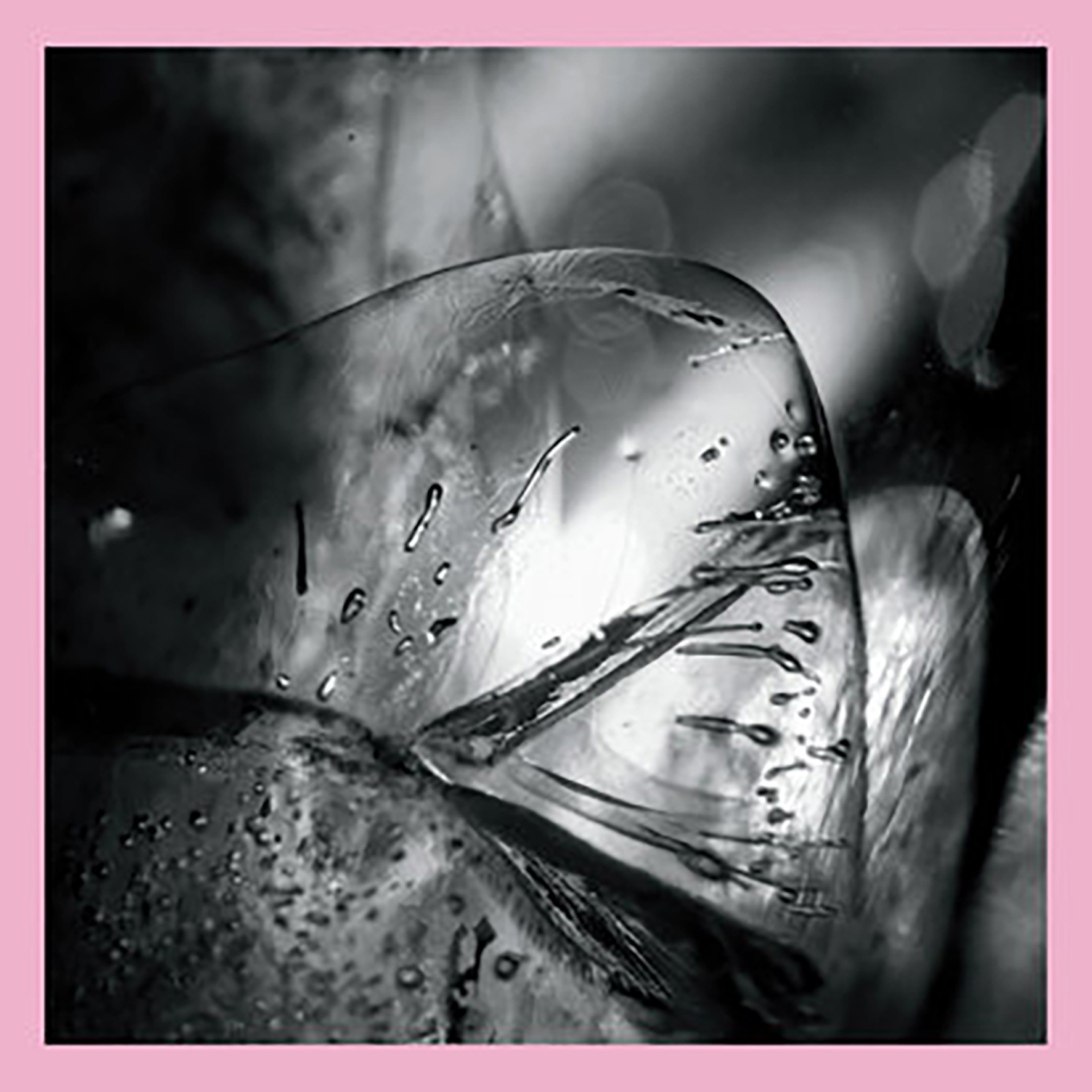 This latest release from Scott Morgan’s long-running loscil project is a bit of a conceptual detour from his usual fare, as the entire album was "sourced from a single three-minute composition performed by a 22-piece string orchestra in Budapest." That is not all, however, as that brave composition's unconventional journey also included an intermediate stage in which it was "lathe-cut on to a 7-inch, then 'scratched and abused to add texture and color.'" Despite those unusual origins, Clara still sounds exactly like a loscil album, as Morgan is nothing if not consistent. In this case, that basically translates as "a slow-motion dub techno album lurking behind a grayscale ambient fog," but the magic lies in the execution (as always) and Morgan has never been a slouch in that regard. In fact, he succeeds on two fronts with this release, as Clara is both another fine loscil album and an impressive feat of inventive de-/ re-construction, as Morgan managed to transform three minutes of music into a varied, absorbing, and dynamically satisfying album-length statement (and he made it all seem effortless and natural to boot).
This latest release from Scott Morgan’s long-running loscil project is a bit of a conceptual detour from his usual fare, as the entire album was "sourced from a single three-minute composition performed by a 22-piece string orchestra in Budapest." That is not all, however, as that brave composition's unconventional journey also included an intermediate stage in which it was "lathe-cut on to a 7-inch, then 'scratched and abused to add texture and color.'" Despite those unusual origins, Clara still sounds exactly like a loscil album, as Morgan is nothing if not consistent. In this case, that basically translates as "a slow-motion dub techno album lurking behind a grayscale ambient fog," but the magic lies in the execution (as always) and Morgan has never been a slouch in that regard. In fact, he succeeds on two fronts with this release, as Clara is both another fine loscil album and an impressive feat of inventive de-/ re-construction, as Morgan managed to transform three minutes of music into a varied, absorbing, and dynamically satisfying album-length statement (and he made it all seem effortless and natural to boot).
